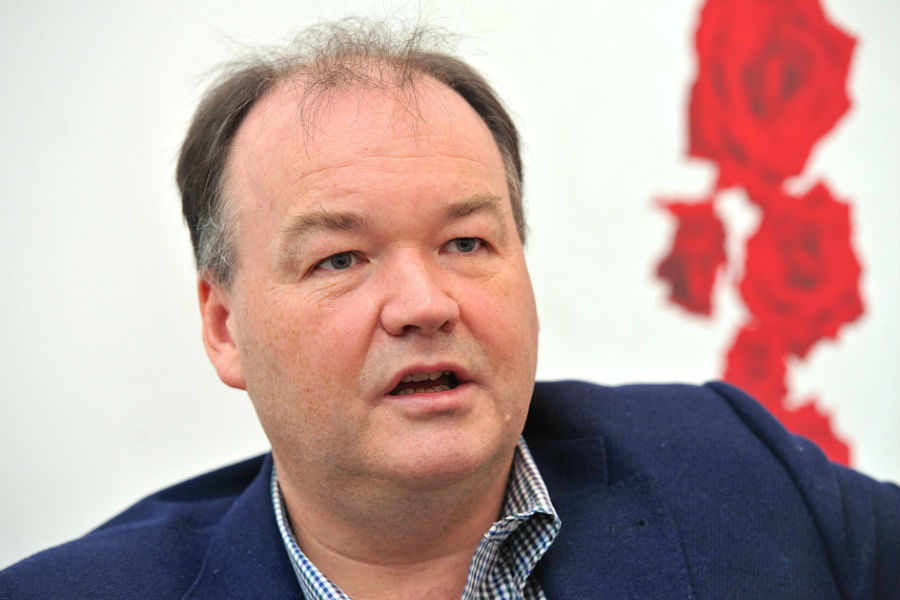As I’m sure you may have noticed, I like to talk about our growing relationship with Estonia. The reason I talk about this country is that it is inarguably a world leader in the use of technology by government and for a small place (only 1.2 million people) it has a thriving digital sector with success stories such as Skype and TransferWise. What you may have read about in the media is ‘that flight’, but what many of you won’t have been told is the deeper reasoning behind building a strong relationship with this fellow small country.
As a recent trade delegation, we visited Estonia with C5 Alliance, JT, and our Health Department, who were very impressed both with the way the government had really embraced technology to reduce costs and improve services and the impact this had had on a local digital sector which had supported it.
Hosted by our Special Adviser, Siim Sikkut, who has recently been promoted to Chief Information Officer for the Estonian Government, we had 22 meetings over four days. Spending time with a wide variety of public and private sector bodies and companies on subjects ranging from eGov and Digital Health to skills development, in my mind, only confirmed my previously held view that there is much to be learned from this country which, despite being courted by others all over the world, is enthusiastic about working with somewhere even smaller than them.
I am utterly convinced we can learn a lot from Estonia on eGovernment, particularly the way its systems interact with each other to exchange data efficiently and its use of digital ID and signatures. After all, more than 60 countries are looking to adopt similar models, and Estonia sits in the D5 (Digital 5) group of countries which includes the UK, Israel and South Korea.
However, we should not stop here when considering their leading example, and having just launched Jersey’s first Digital Health Strategy in January, a key focus of the visit was on Digital Health. Estonia’s use of technology in health is impressive and has played a key role in their standing as having one of the best outcomes from the lowest spend on health in the world. This is just one example of the improvements they have made – 98% of prescriptions issued in Estonia are now digital and the country recently came out joint top with South Korea on Barclays’ Digital Development Index (which ranks countries on their readiness to compete in the digital economy, including support for the development of digital skills).
Interestingly, during our trip, we also discovered that Estonia’s universities teach technology degrees in English, so why shouldn’t we open the minds of our children (and their parents!) not just to consider the UK or France but also, in a progressively tech-centered age, look at a place where software engineers are building global technology services.
Estonia is also making a success of its start-up funding programme, and we could do worse than to look at adopting something similar to the country’s model, Startup Estonia. It is testament to the way they established this fund, in terms of taking equity and matching funding from private investors, that despite a 40% failure rate the fund they have established is now worth more than they started with.
I would therefore make two recommendations to Jersey. Firstly, following our recent visit and that of a government/Digital Jersey team a few years ago, I would like to see some concrete examples of further cooperation with Estonia between both government departments and our technology companies, to start to get Jersey noticed around the world as a digital, as well as financial, Island.
Secondly, if we can learn this much from one small country of just 1.2 million people, we should be considering what else is out there. Why should we stop at Estonia? We control our own destiny on taxation, legislation, regulation and now technology.
The UK, especially with a population of over 65 million, is not always the best example we can follow in a digital world, so let’s use the freedom we have to broaden our horizons and pick and choose from the best examples around the world that we can learn from.






